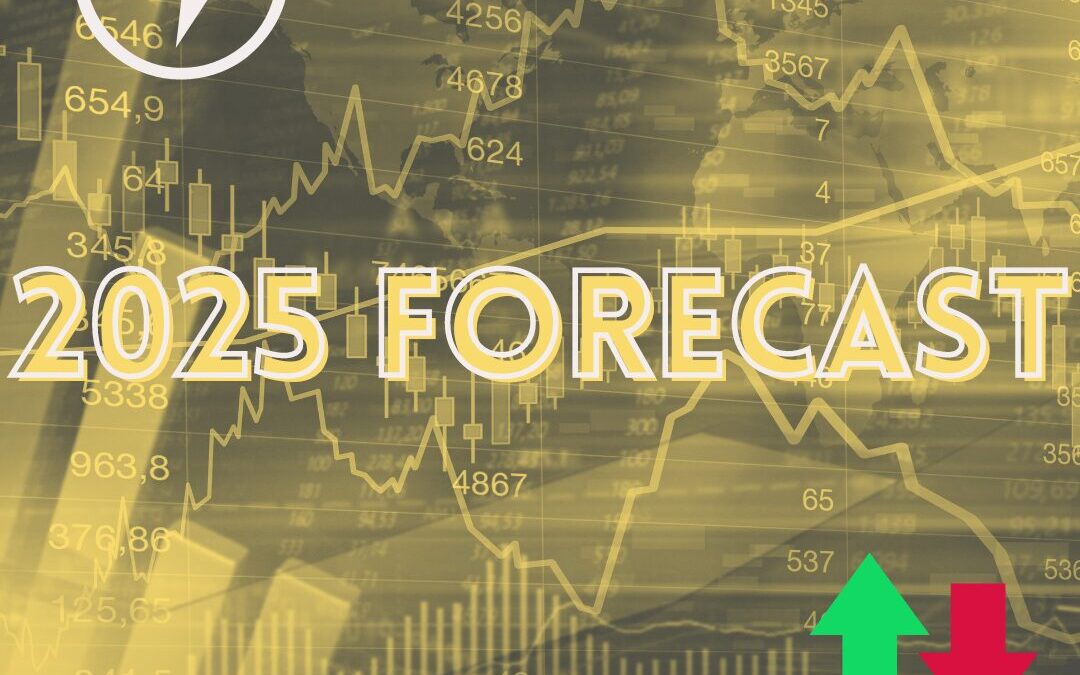Hello, energy enthusiasts! Willie Rumph Jr. here, coming to you from the forefront of the renewable energy revolution. As we look towards 2025, I’ve combed through the latest data to bring you a detailed forecast of where the renewable energy sector is heading. Let’s dive into the currents and undercurrents shaping this dynamic market.
Charging Forward: A Snapshot of Today
The global renewable energy market, valued at $881.7 billion in 2020, has been on an upward trajectory, fueled by a compound annual growth rate (CAGR) of 8.4%. By 2030, we’re expecting this market to nearly double, reaching $1,977.6 billion. This growth isn’t just impressive; it’s critical for meeting the increasing global energy demands and for our environmental sustainability.
As of 2020, renewable energy contributed about 7% to the world’s energy demand, a figure set to grow significantly. This surge is driven by the relentless pursuit of cleaner energy solutions to combat the adverse effects of carbon emissions and to ensure a sustainable future. Renewable energy sources like wind, solar, geothermal, and bioenergy are at the forefront of this transformative wave.
The Drive Towards 2025: A Year of Milestones
Looking ahead to 2025, the renewable energy market is projected to hit around $2.15 trillion. This growth is spearheaded by both technological advancements and increased investments, alongside a global consensus on reducing carbon footprints.
Solar and Wind Energy
These two powerhouses are leading the renewable energy sector. Thanks to technological improvements and cost reductions, solar and wind energy have achieved price parity with conventional energy sources. The result? A more competitive market where renewables are not just environmentally friendly choices but economically smart ones too. An Allied Research Market report anticipates wind will surpass solar, in terms of production of energy, by 2030. However, solar is still the most lucrative renewable energy type due in part to its direct to consumer options.


Bioenergy and Hydropower
Not to be overshadowed, bioenergy continues to play a significant role, contributing 9.5% to the total primary energy supply in 2020. By 2050, investments in bioenergy are expected to soar to USD 6.2 trillion. Meanwhile, hydropower is witnessing robust growth, with global capacity projected to increase by nearly 21% from the 2020 levels by 2030.
Market Dynamics and Growth Drivers
The push towards renewables is underpinned by a complex interplay of market forces and policy frameworks. The Asia-Pacific region, in particular, is a hotspot for growth, driven by its burgeoning energy needs and rapid industrialization. Countries like China and India are pivotal, with aggressive renewable energy integration policies fostering significant market expansion.
Economic incentives and governmental policies across the globe are also fueling this shift. The Inflation Reduction Act in the U.S., for example, is anticipated to cut emissions substantially by 2030 through strategic investments in clean energy technologies. Similarly, the European Union’s Green Deal and the REPowerEU plan aim to enhance energy independence and sustainability.
Challenges on the Horizon
Despite the optimistic outlook, the renewable energy market faces its share of challenges. High capital costs, policy uncertainties, and supply chain disruptions pose significant hurdles, especially in developing regions. In Sub-Saharan Africa, for instance, the high financing costs for renewable projects stifle broader adoption and progress.
Technological and infrastructural challenges also persist. The integration of renewable sources into existing grids, managing intermittent energy supplies, and upgrading grid infrastructures are critical areas needing attention.
Technological Innovations Shaping the Future
Innovations in energy storage and digital technologies are crucial for overcoming existing challenges. Advanced battery technologies and enhanced grid management systems are set to improve the efficiency and reliability of renewable energy systems. These technological advancements not only help in managing the intermittent nature of renewable sources but also in reducing costs, thereby making renewable energy more accessible and affordable.
Looking Towards a Sustainable 2025 and Beyond
As we approach 2025, the renewable energy sector is poised for unprecedented growth. This expansion is not just a response to environmental imperatives but also a testament to the sector’s economic viability. With renewables expected to satisfy 77% of the total primary energy supply by 2050, the future is indeed looking bright.
The Role of Community and Collaboration
The path to a renewable future is not a solitary journey. It requires the collective efforts of policymakers, industry leaders, technologists, and community stakeholders. Engaging in dialogue, fostering partnerships, and sharing knowledge are essential for driving the sector forward. If you are a part of this community, you too must chip in and help push our society into the renewable energy market.
Willie’s Call to Action
As we stand at this pivotal moment, I invite you all—whether you’re industry professionals, budding engineers, or renewable energy enthusiasts—to join in the dialogue. Let’s harness the collective power of our ideas and innovations to steer the global energy landscape towards a more sustainable and prosperous future.
Thank you for joining me on this journey towards 2025. Stay tuned, stay energized, and let’s continue to spark positive changes together!
Yours in sustainability,
Willie Rumph Jr.

